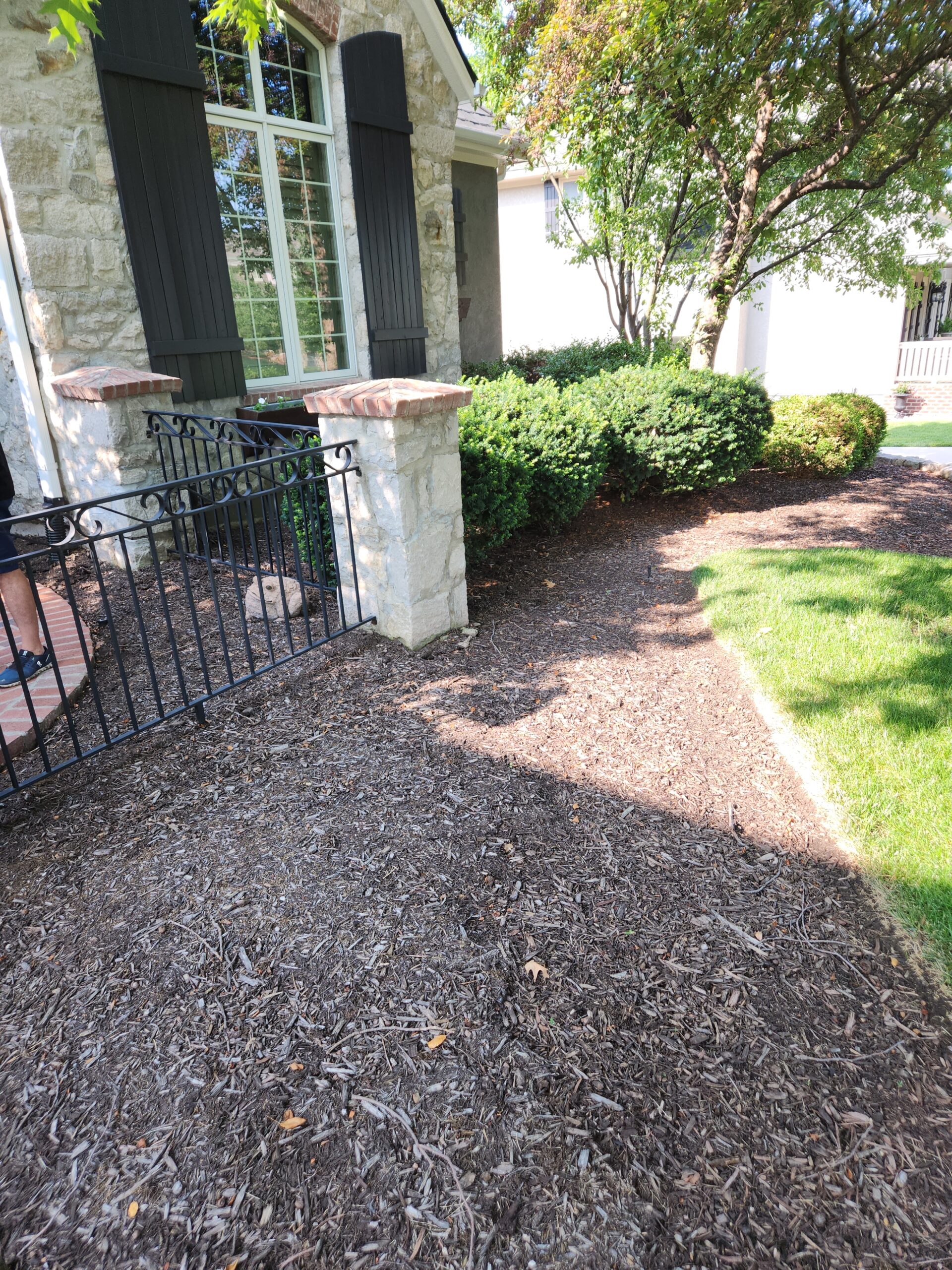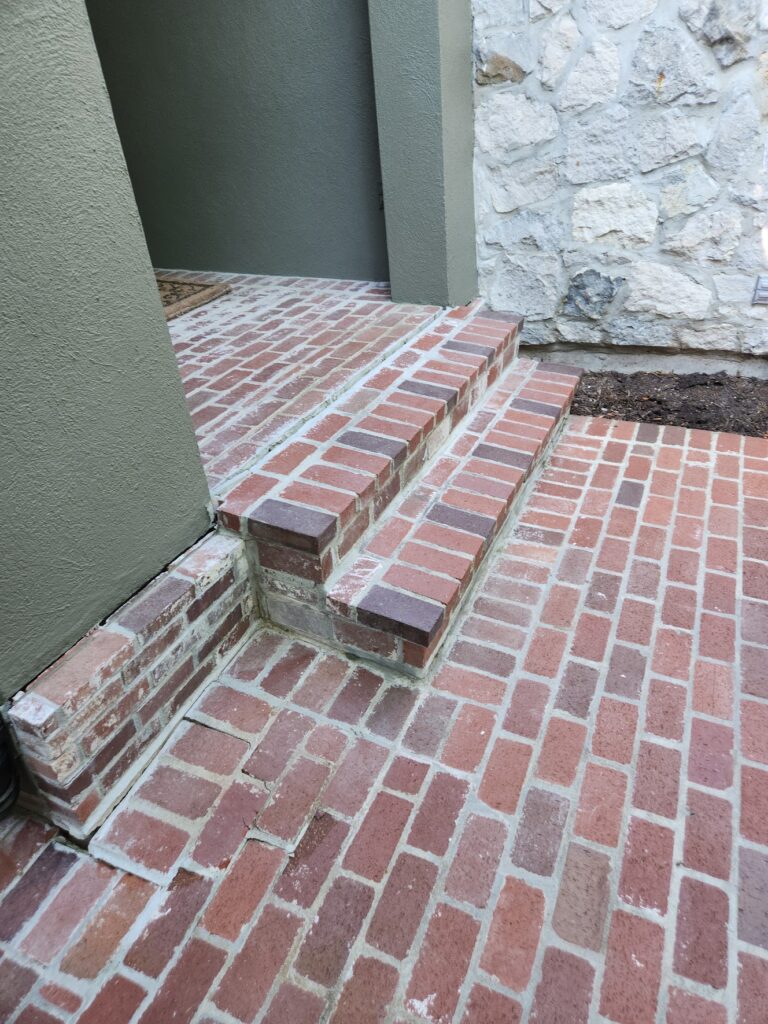FOUNDAtion leveling
Do you need foundation solutions? Here's what you need to look out for...
What You See:
- Cracks in Walls and Ceilings: Horizontal or vertical cracks in interior walls, ceilings, and exterior bricks or foundation walls indicate uneven settling.
- Sticking Doors and Windows: Doors and windows that are difficult to open or close due to shifting or sinking foundations.
- Sloping Floors: Floors that are visibly sloping or sagging, creating uneven surfaces and gaps between the floor and baseboards.
- Gaps Around Windows and Doors: Noticeable gaps between window frames, door frames, and the surrounding walls due to foundation movement.
- Cracked or Bowed Basement Walls: Foundation walls that are cracking, bowing, or tilting inward.
- Separation of Walls from the House: Gaps forming between the walls and the structure of the house.
- Chimney Pulling Away: Chimneys that are tilting or pulling away from the house, indicating foundation issues.


Here's where we come in...
The Solution:
Foundation leveling, also known as foundation underpinning, involves using various methods to stabilize and lift a sinking or uneven foundation to its original level. Here are some common techniques:
- Push Piers: Steel piers that are driven deep into the ground until they reach stable soil or bedrock, then used to lift and stabilize the foundation.
- Slabjacking: A method where a grout mixture is pumped under the foundation to lift it back to its original position.
- Polyurethane Foam Injection: High-density polyurethane foam is injected under the foundation to fill voids and lift the foundation back to its correct level.
How it Works...
Installation
Helical piers or push piers are selected based on the soil conditions and the specific needs of the foundation. Helical piers are screwed into the ground using hydraulic equipment until they reach stable, load-bearing soil or bedrock. Push piers are hydraulically driven into the ground to the required depth to ensure they reach stable soil or bedrock.
Load Transfer
Once the piers are installed at the correct depth, the weight of the structure is carefully transferred from the unstable soil to the piers. Hydraulic jacks or lifting mechanisms are used to achieve this, ensuring the load is evenly distributed and the foundation is adequately supported.
Lift and Stabilization
After the load transfer, hydraulic jacks or lifting mechanisms are used to raise the foundation back to its original level or to the desired elevation. The foundation is carefully monitored during this process to ensure an even and precise lift. The piers are then secured in place to maintain the foundation’s stability.
The products we install are code compliant with independent ICC-ES Reports (International Code Council Evaluation Service). We calculate the weight and resistance loads of the structure and design a system to lift and restore your property to its original level condition.
